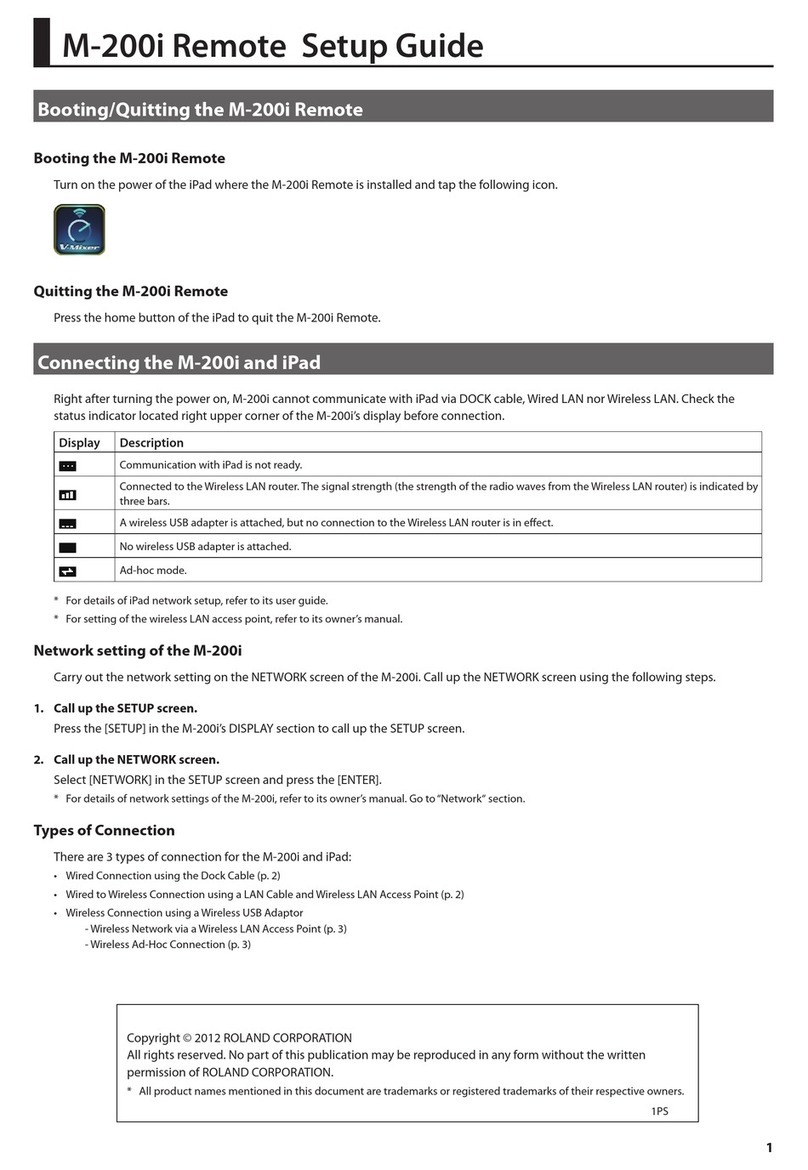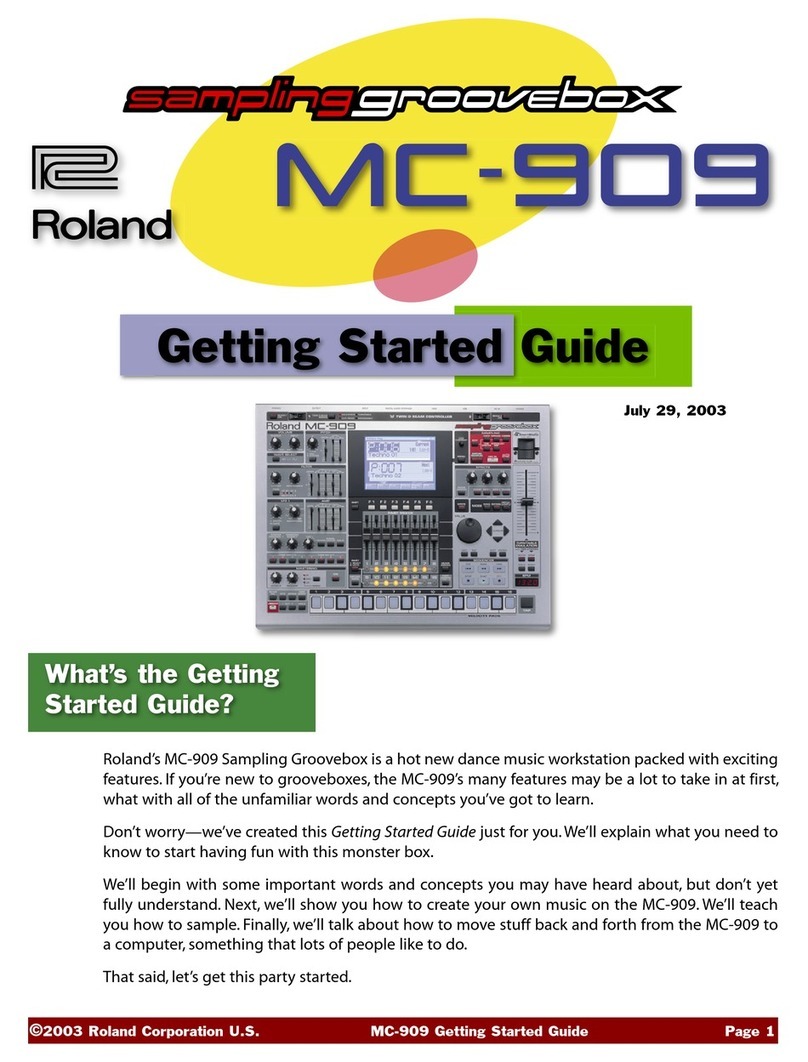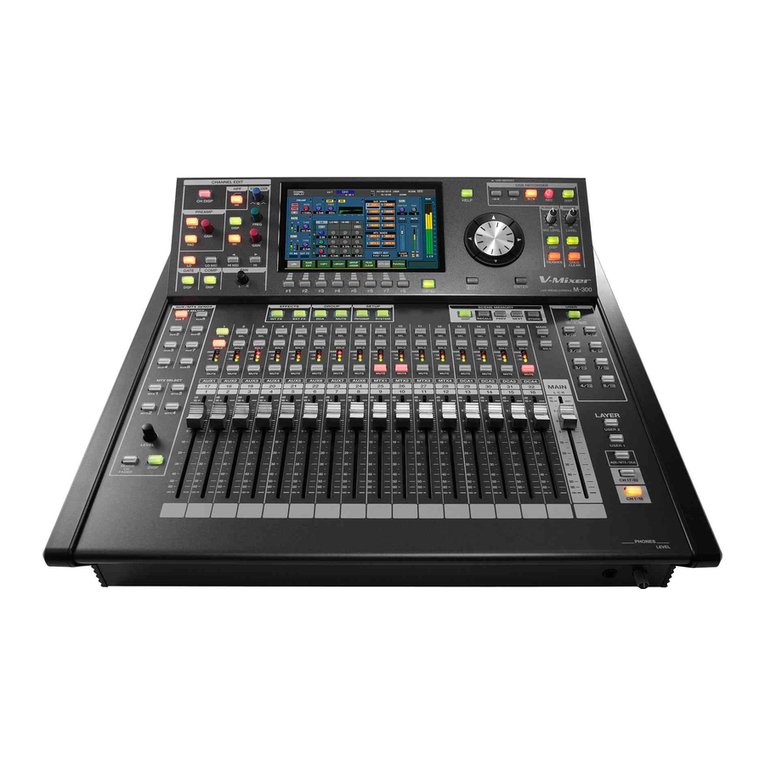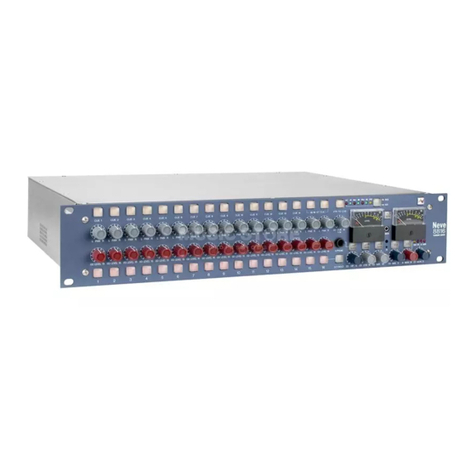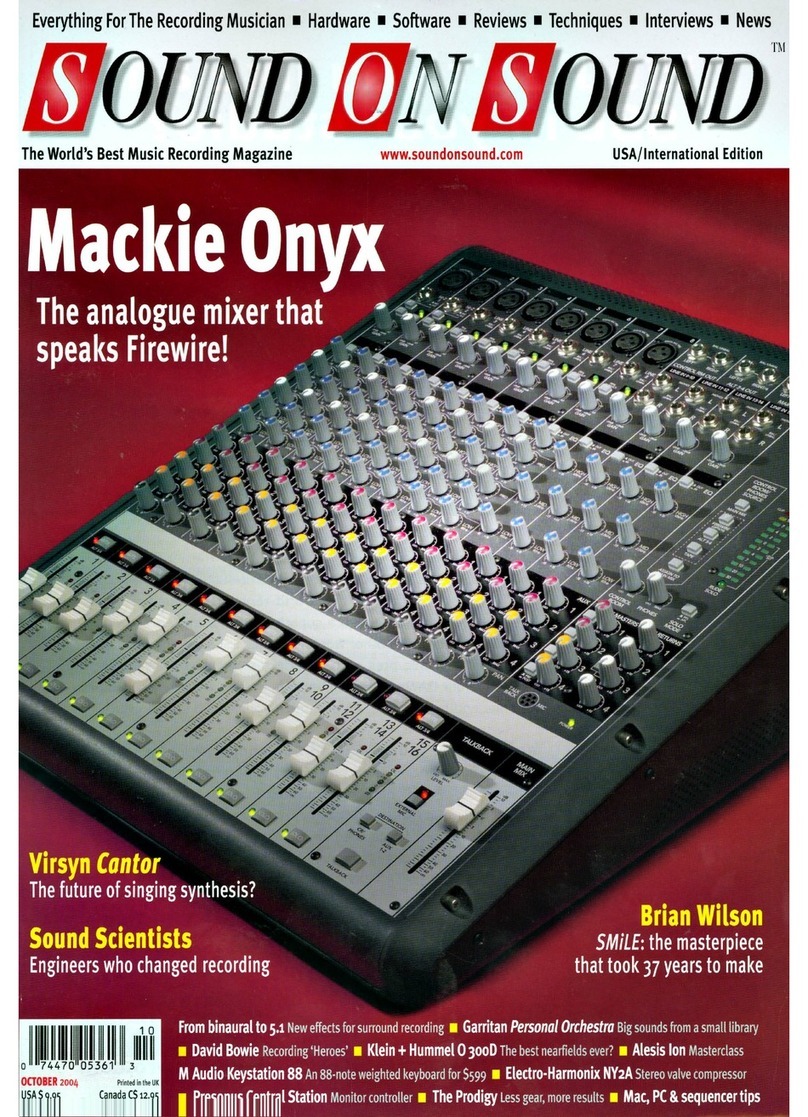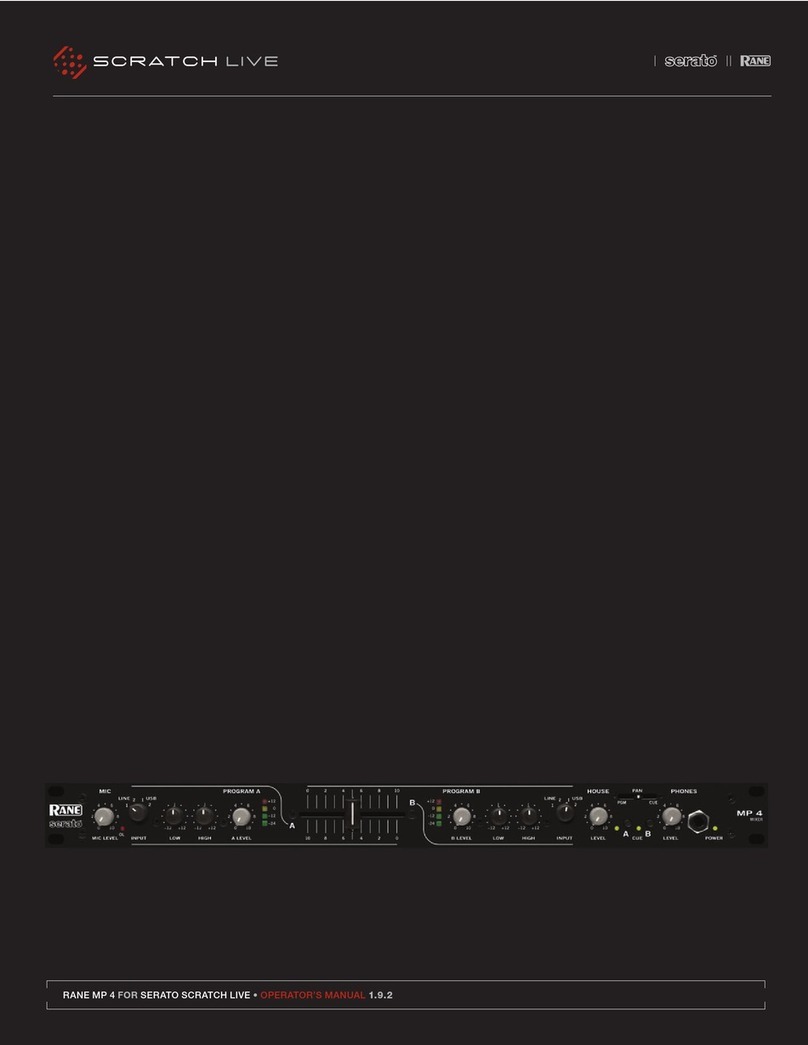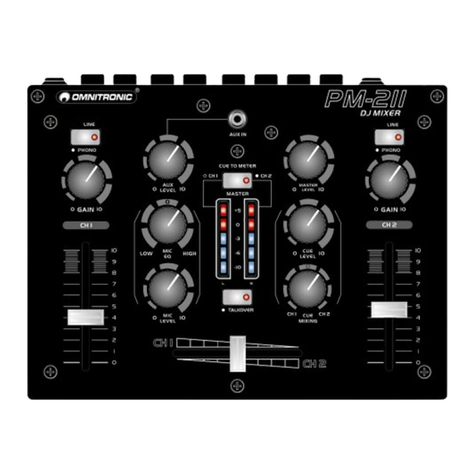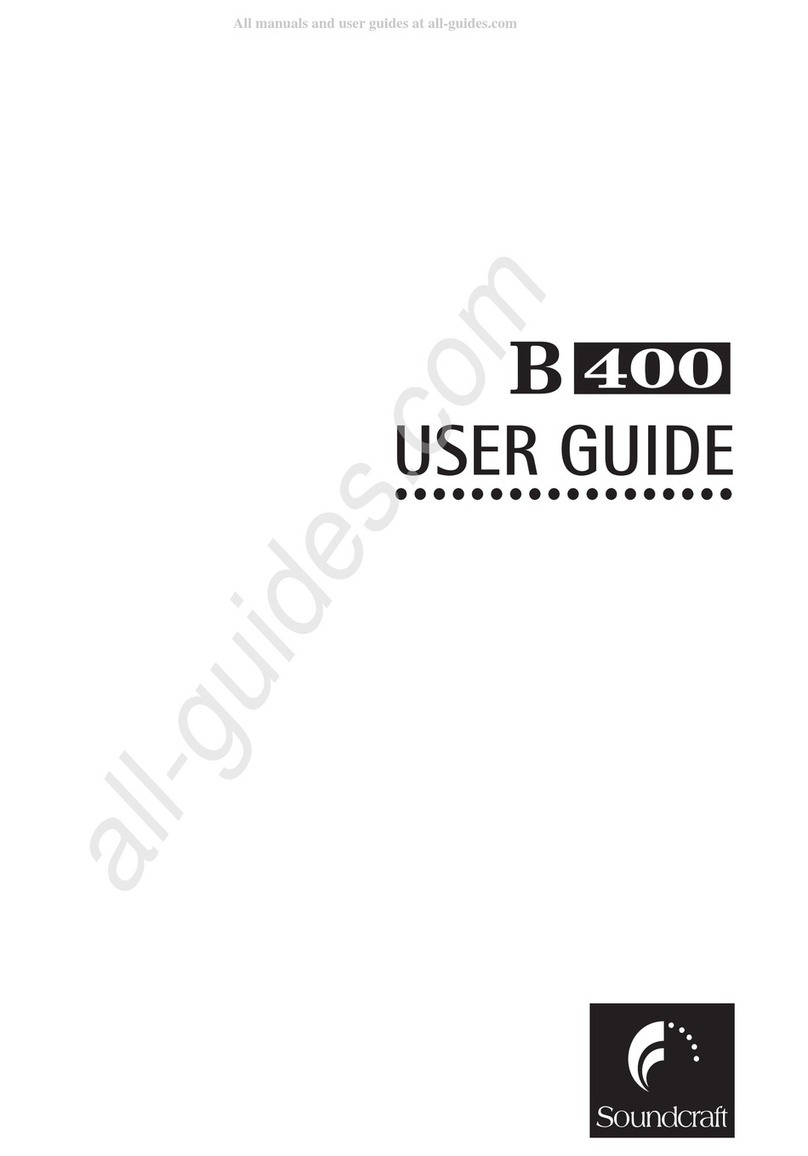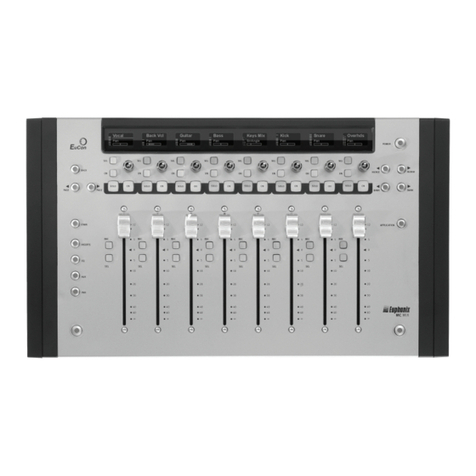Roland M-240R User manual
Other Roland Music Mixer manuals

Roland
Roland Edirol M-16DX User manual
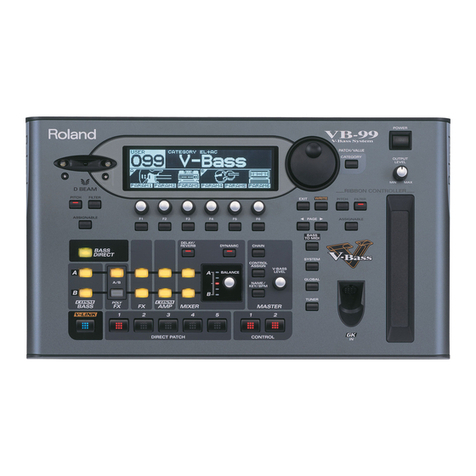
Roland
Roland V-Bass VB-99 User manual
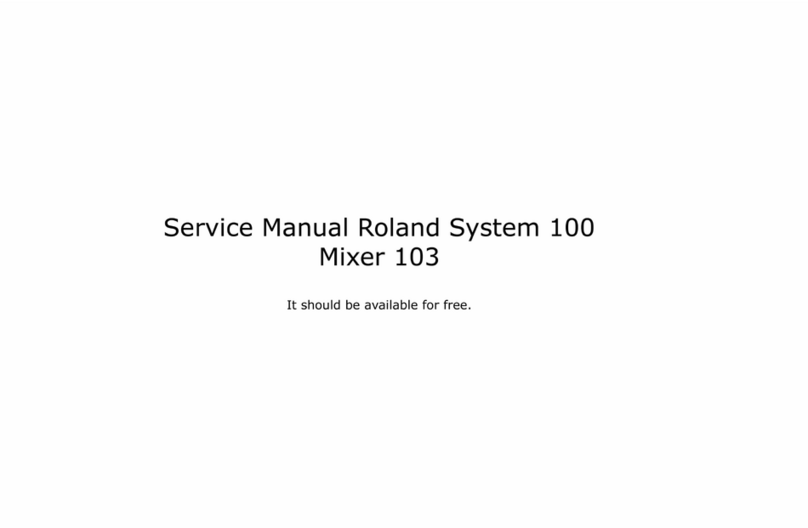
Roland
Roland System 100 - 103 User manual

Roland
Roland MC-808 User manual

Roland
Roland BOSS BX-400 User manual

Roland
Roland Edirol M-16DX User manual

Roland
Roland Edirol M-16DX User manual

Roland
Roland Boss Dr.Groove DR-202 Operating and maintenance manual

Roland
Roland CPM-300 User manual
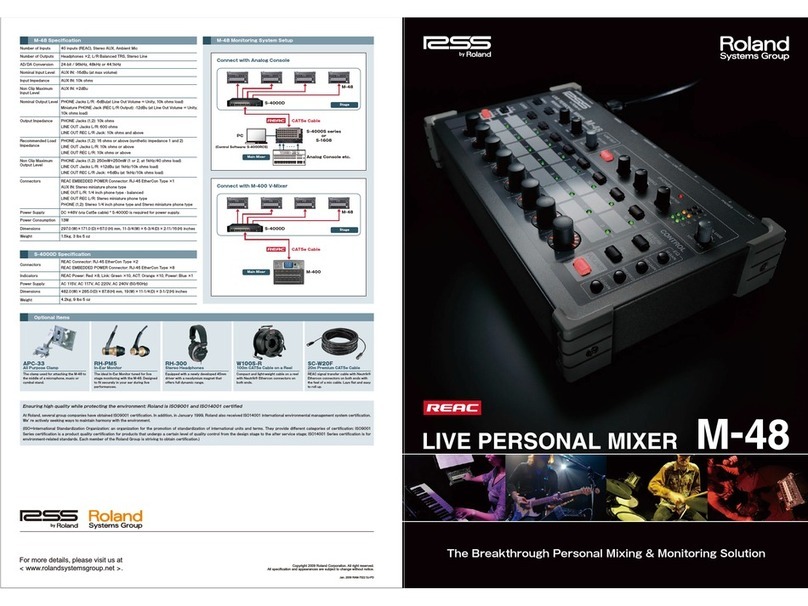
Roland
Roland M-48 User manual

Roland
Roland M-240R User manual
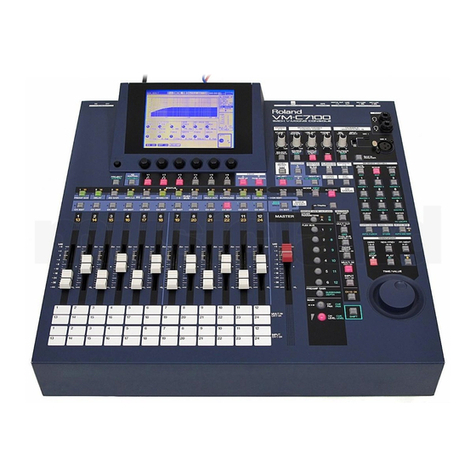
Roland
Roland V-Mixer VM-C7200 User manual

Roland
Roland MCR-8 User manual

Roland
Roland V-Mixer M-200i User manual
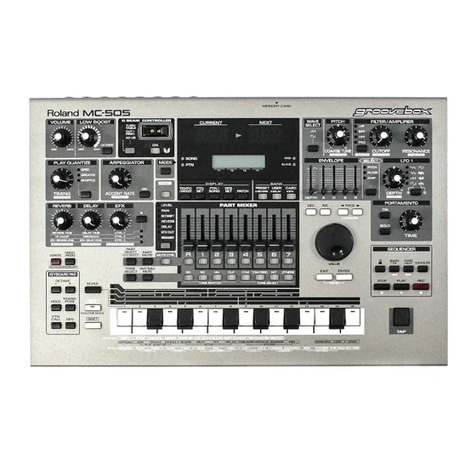
Roland
Roland Groovebox MC-505 Parts list manual
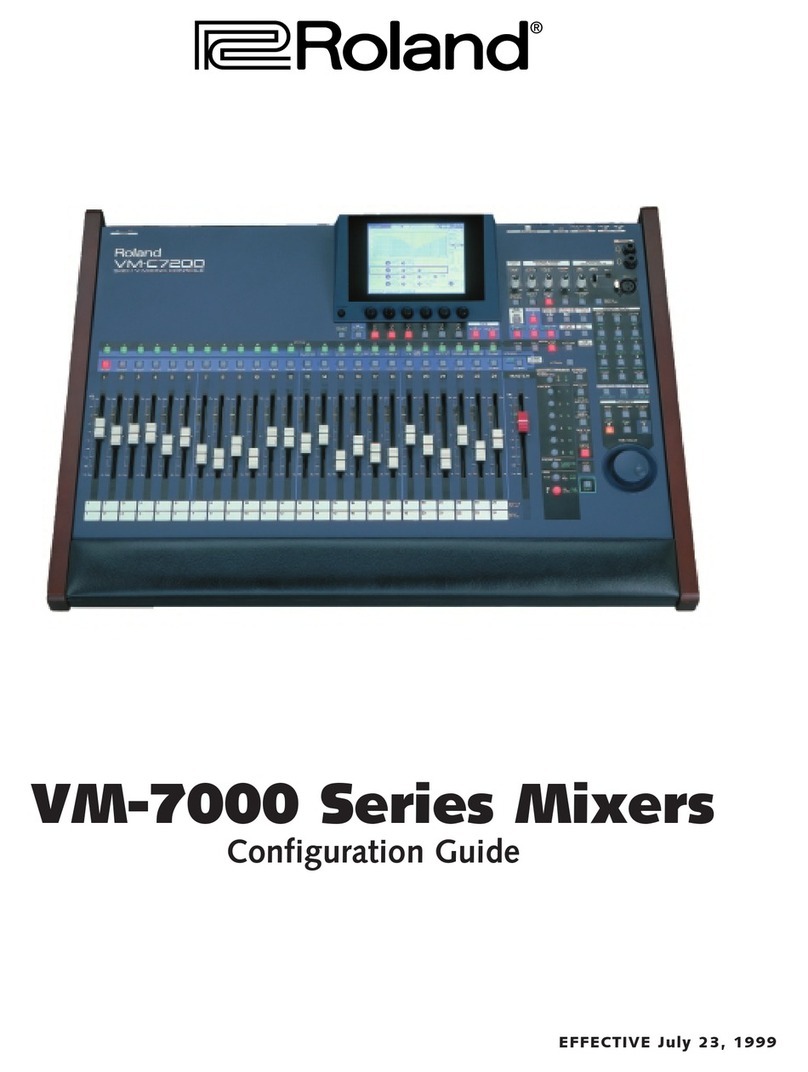
Roland
Roland VM-7000 Series User manual
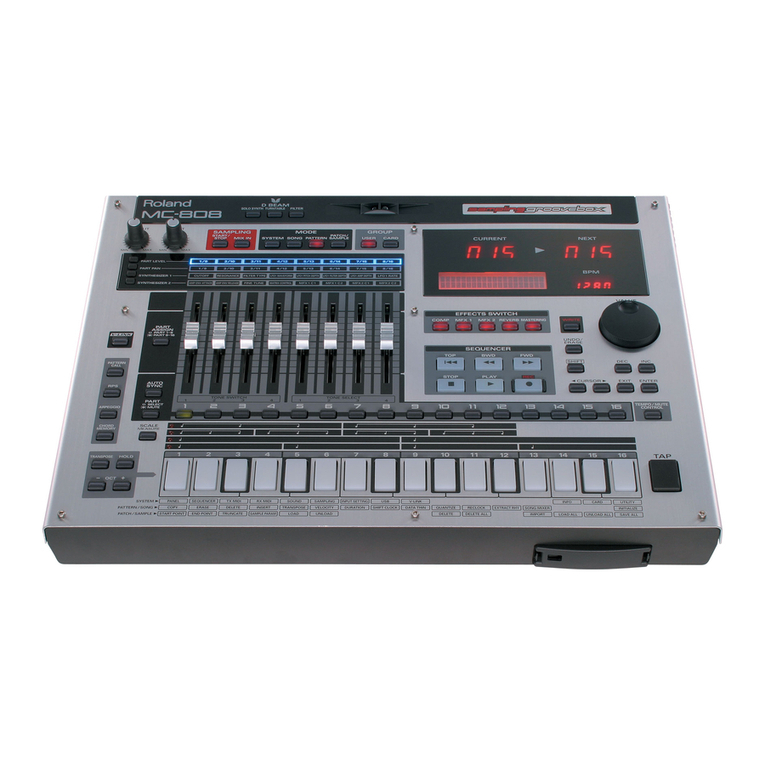
Roland
Roland MC-808 User manual

Roland
Roland V-Mixer M-300 Installation and operating instructions
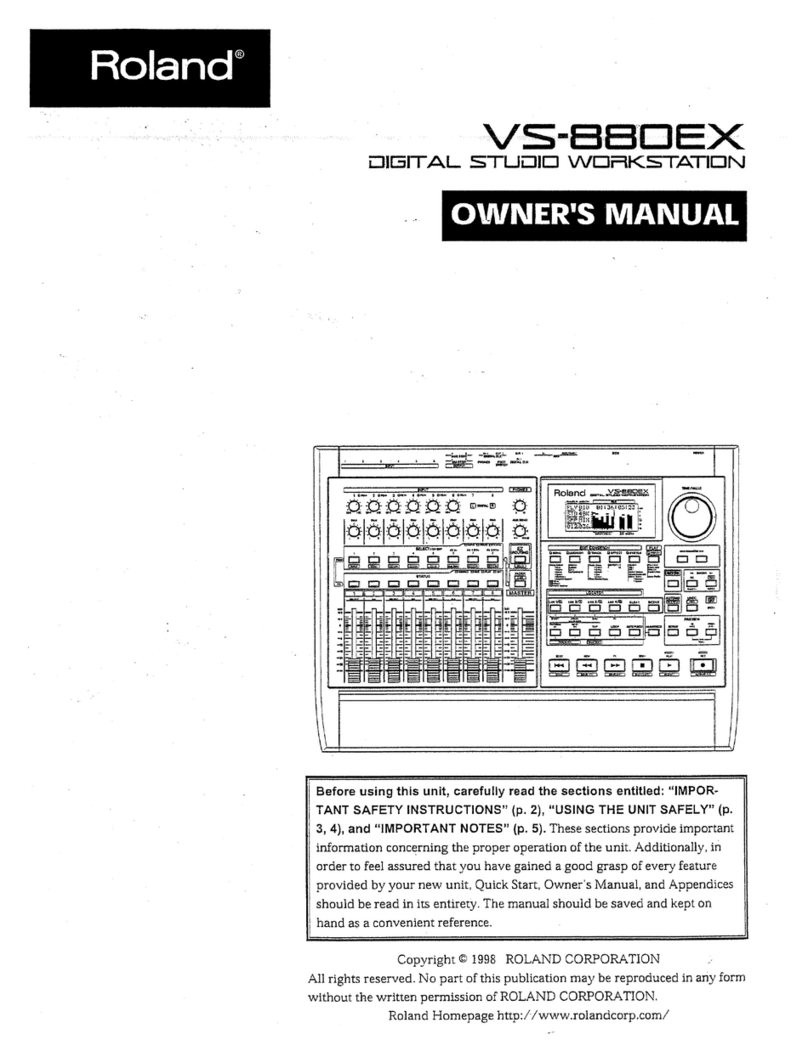
Roland
Roland VS-880EX_OM User manual

Roland
Roland V-Mixer VM-C7100 User manual
Popular Music Mixer manuals by other brands
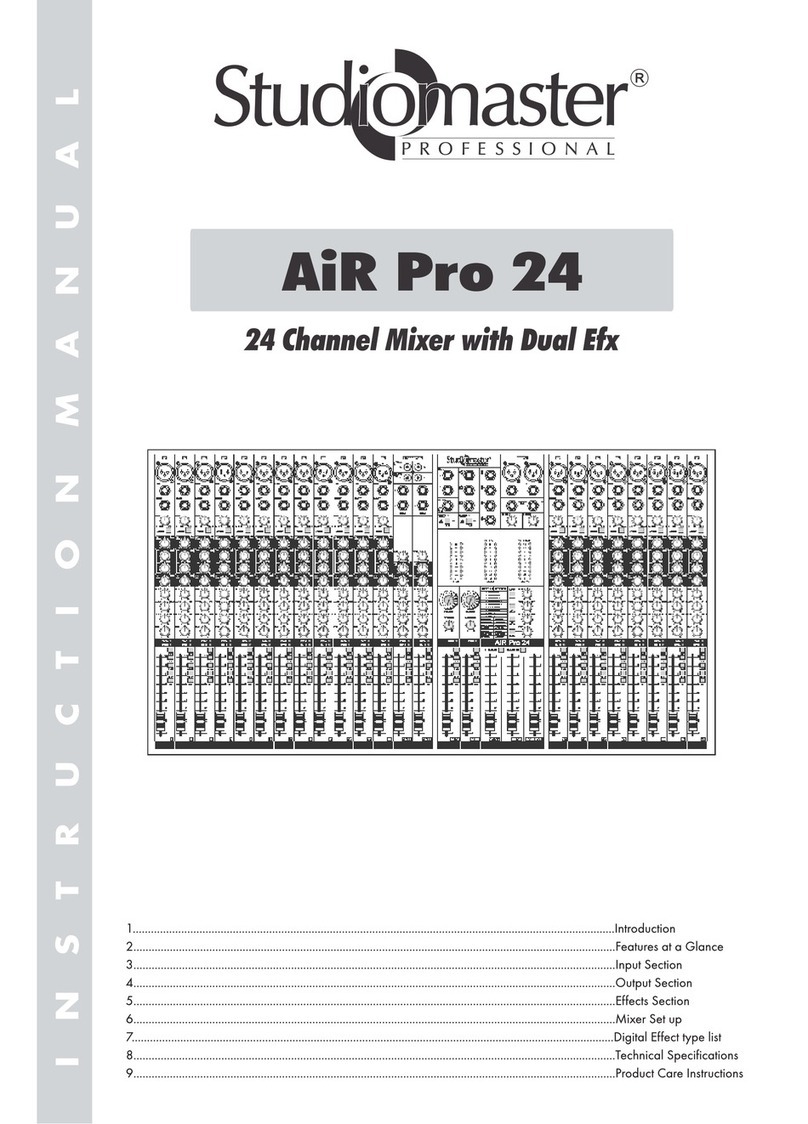
Studiomaster
Studiomaster Air Pro 24 instruction manual
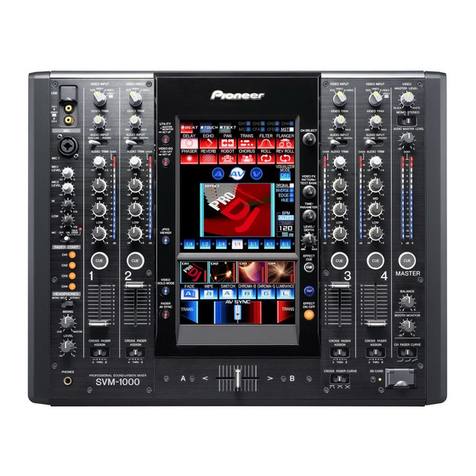
Pioneer
Pioneer SVM 1000 - Audio/Video Mixer Service manual
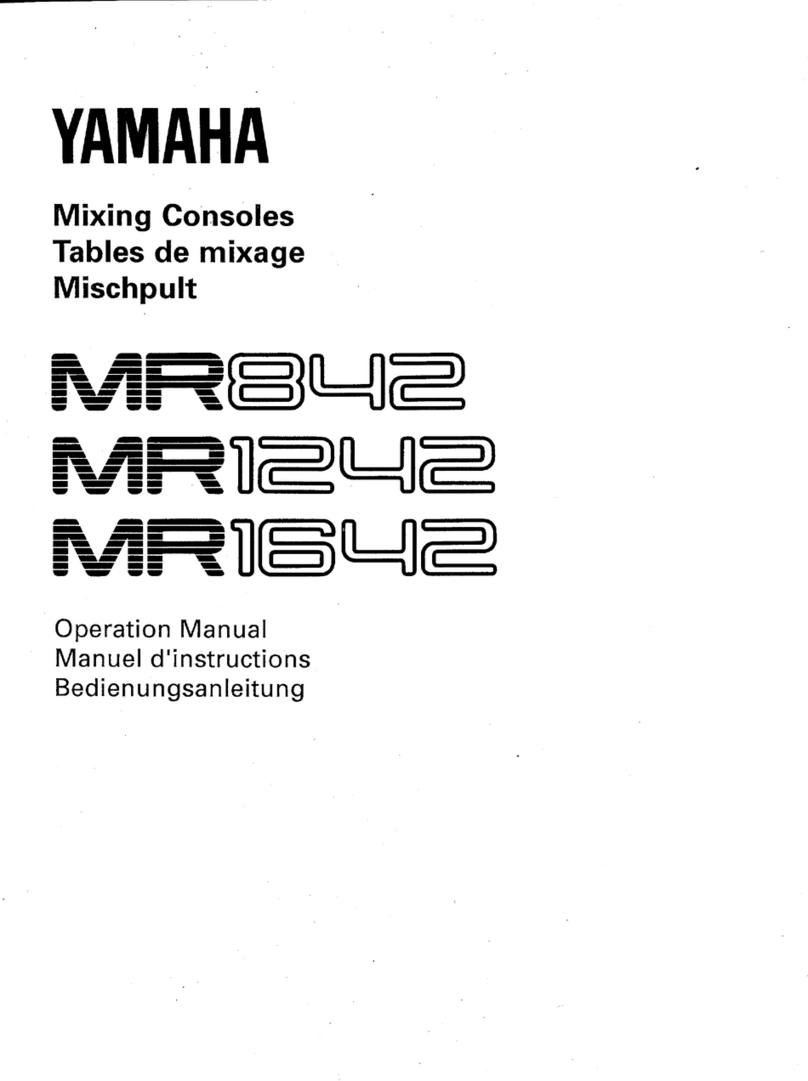
Yamaha
Yamaha MR1642 Operation manual
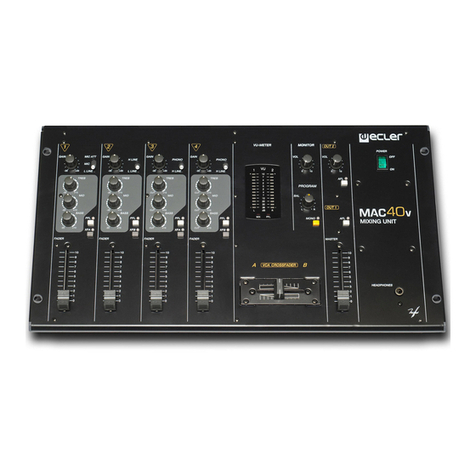
Ecler
Ecler MAC40v user manual
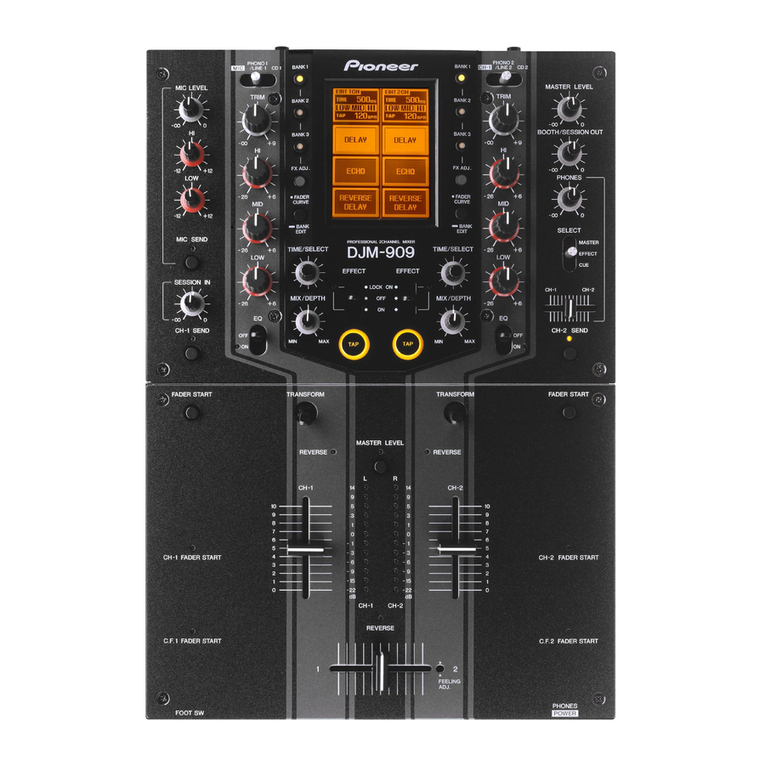
Pioneer
Pioneer DJM 909 - Battle Mixer W/Effects operating instructions
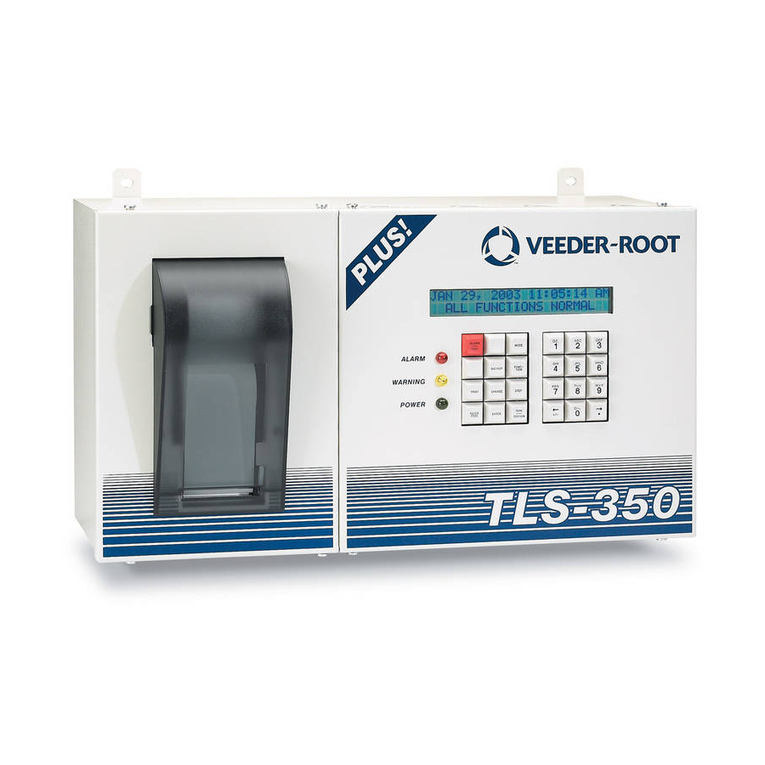
Veeder-Root
Veeder-Root TLS-350 Series System setup manual
